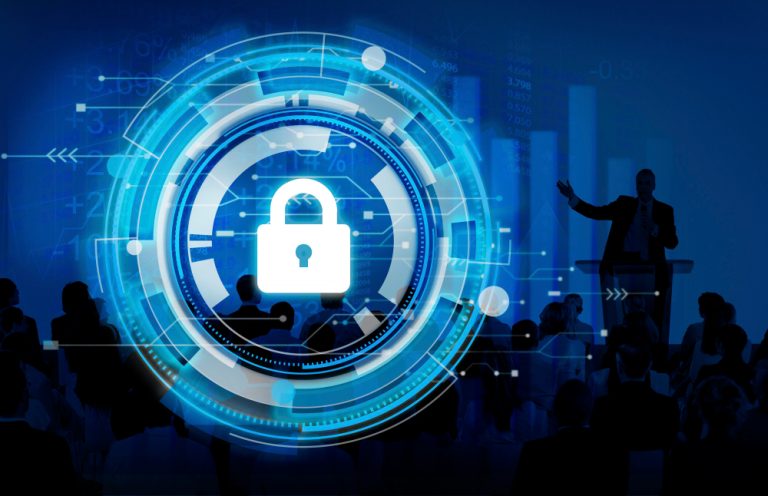In an age where information is the lifeblood of businesses and individuals alike, safeguarding data has never been more critical. The digital world is constantly evolving, and with it, the landscape of cyber threats. As technology advances, so do the tactics employed by cybercriminals. To stay ahead of the curve, organizations and individuals must keep abreast of the latest cybersecurity trends and strategies. In this article, we will explore key cybersecurity trends and delve into the strategies and tools available to protect your data in an ever-changing threat landscape.
The Evolving Threat Landscape

The digital threat landscape is in a constant state of flux, with cybercriminals becoming increasingly sophisticated in their attacks. Here are some key trends:
- Ransomware Attacks: Ransomware attacks continue to surge, with criminals targeting businesses, healthcare institutions, and even municipalities. These attacks lock users out of their data until a ransom is paid, highlighting the need for robust backup and recovery solutions.
- Supply Chain Vulnerabilities: Cybercriminals are exploiting vulnerabilities within the supply chain to gain access to valuable data. Recent high-profile incidents have underscored the importance of rigorous vendor and partner security assessments.
- AI-Powered Attacks: The use of artificial intelligence (AI) by attackers is on the rise. AI can automate tasks, making attacks more efficient and harder to detect. Defenders must also harness AI for threat detection and prevention.
- IoT Security Concerns: The Internet of Things (IoT) has brought convenience and efficiency but also introduces new vulnerabilities. With billions of connected devices, securing IoT ecosystems is paramount.
Data Protection Strategies

To safeguard your data in this ever-evolving threat landscape, several strategies are essential:
- Encryption: Implement end-to-end encryption to protect data in transit and at rest. Encryption ensures that even if data is intercepted, it remains unreadable without the proper decryption keys.
- Multi-Factor Authentication (MFA): Require multiple forms of authentication to access systems and data. MFA adds an extra layer of security, even if login credentials are compromised.
- Regular Patching and Updates: Keep software, operating systems, and applications up-to-date to patch known vulnerabilities. Cybercriminals often exploit outdated software.
- Employee Training: Human error remains a significant cybersecurity threat. Regular training and awareness programs can help employees identify and mitigate risks, such as phishing attacks.
Advanced Threat Detection

Advanced threat detection tools are essential in identifying and responding to emerging threats promptly. Here are some examples:
- Behavioral Analytics: These tools monitor user and system behavior, flagging unusual activities that may indicate a breach. For instance, if an employee suddenly accesses sensitive data they haven’t before, the system can trigger an alert.
- Machine Learning-Based Security: Machine learning algorithms analyze vast amounts of data to identify patterns and anomalies that humans may miss. This technology can detect new, previously unknown threats.
- Security Information and Event Management (SIEM): SIEM platforms collect and correlate data from various sources, providing real-time insights into security events. This can help organizations respond to threats quickly.
Cloud Security

As businesses increasingly rely on cloud services, securing cloud environments becomes paramount:
- Cloud Access Security Broker (CASB): CASB solutions provide visibility and control over data in the cloud. They enable organizations to set policies for data sharing and access.
- Identity and Access Management (IAM): IAM systems ensure that only authorized users have access to cloud resources. Proper IAM can prevent unauthorized access to sensitive data.
- Data Encryption in the Cloud: Encrypting data stored in the cloud adds an extra layer of protection, even if the cloud service provider experiences a breach.
The Importance of Incident Response

Despite all preventive measures, incidents can still occur. A well-defined incident response plan is crucial:
- Incident Identification: Quickly identify and verify security incidents to minimize their impact.
- Containment: Isolate affected systems to prevent further damage.
- Eradication: Remove the threat and close vulnerabilities that allowed the incident to occur.
- Recovery: Restore normal operations while learning from the incident to prevent future occurrences.
- Post-Incident Analysis: Conduct a thorough post-incident analysis to improve security measures.

In an ever-changing threat landscape, cybersecurity must remain a top priority for individuals and organizations. Staying informed about emerging threats, implementing robust data protection strategies, and leveraging advanced technologies are essential steps to safeguarding valuable data. By adapting to these cybersecurity trends and remaining vigilant, we can collectively work towards a more secure digital future.

